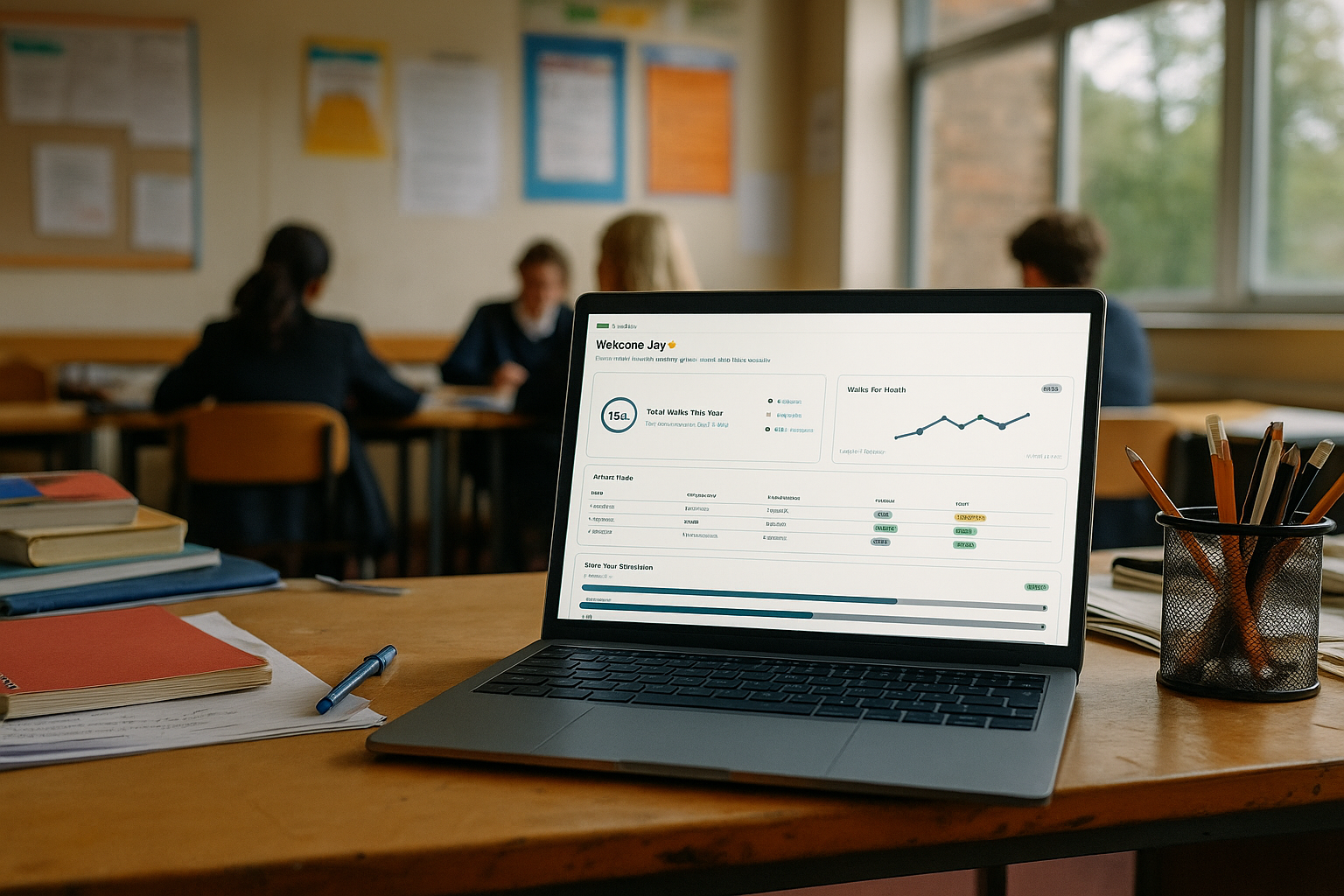Who Should Do Learning Walks?
(and how to make sure it's done well)
(and how to make sure it's done well)
A learning walk is only as effective as the people leading it. If staff don't trust the intent, it doesn't matter what the focus is — the walk will feel like surveillance, not support.
So the first rule of a great learning walk?
🔑 Credibility.
In most schools, learning walks are led by:
You might also involve:
Having the right people do the walk isn't just about seniority — it's about professional trust and clarity of purpose.
Ask:
One bad experience — someone scribbling notes while frowning in the corner — can create a year's worth of nervousness.
Cross-role walks can be really powerful. For example:
This cross-pollination sparks rich professional dialogue, exposes blind spots, and shows that learning is everyone's business — not just one person's remit.
Learning to lead a learning walk is a skill.
Everyone involved should be trained on:
This helps ensure the process is consistent, respectful, and useful — for everyone involved.
Who does the walk matters. But how they do it matters more.
Staff will get behind learning walks when they:
Choose people who walk with professionalism, curiosity, and clarity — and you'll get real insights, not just polite compliance.
Join our pilot program and discover how our platform can transform your approach to learning walks.
Take our interactive 10-question quiz to see how your understanding stacks up. Get instant feedback — and a celebration if you ace it!
Our platform helps you capture meaningful data, generate insights, and drive school improvement—without the administrative burden.
